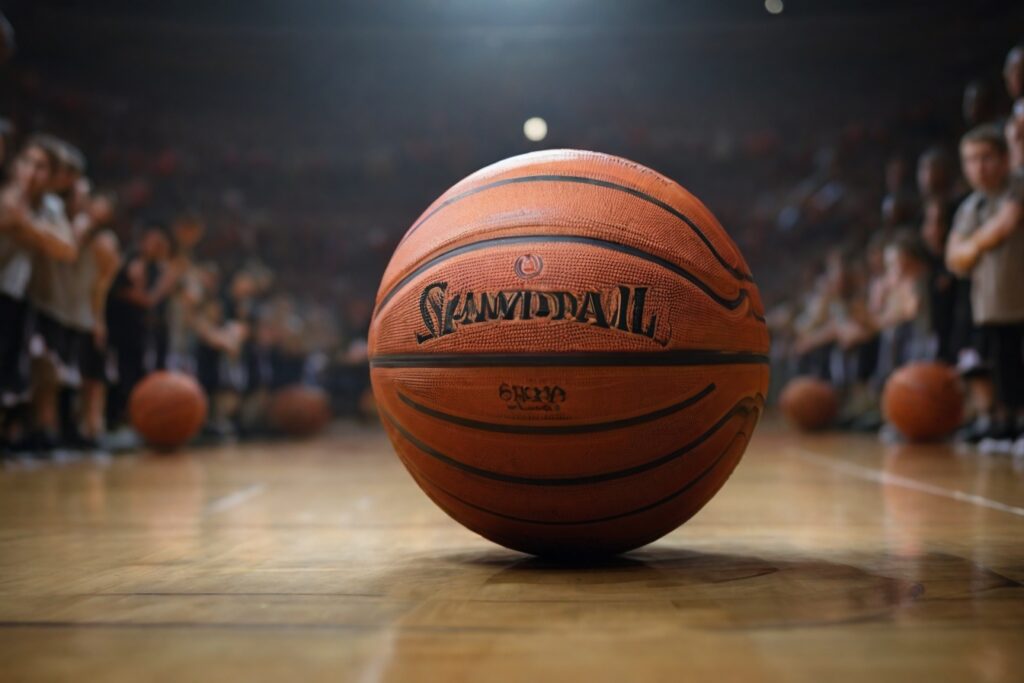This year’s NCAA Women’s Basketball Tournament is about to get underway with a boom.. CBS is set to air the women’s college basketball game between Iowa University and Nebraska-Lincoln University, which had the highest viewership since the 1999 Big Ten Championship.
Players like Caitlin Clark from Iowa Hawkeyes are stealing the spotlight, breaking records left and right and earning numerous accolades. It seems like the number of viewers is increasing with each passing game. Clark is not the only star in women’s college basketball who has gained a massive following in recent years. Players like Angel Reese from the University of Maryland have become household names after leading their teams to championship victories last season.

As millions of fans—both old and new—are eagerly preparing for March Madness this year, Inside Higher Ed is celebrating as it always does: with the Academic Performance Tournament, a bracket based not on athletic abilities but on the team’s academic success, as measured by the NCAA’s Academic Progress Rate (APR).
The measures cover a lot more ground than merely output. They also consider factors like players leaving programs in good academic standing, so programs like the Powerhouse Program, where players quickly move on to pro careers, could still improve in terms of measurement. We’ve used data up to 2021–2022, the most recent available.
For institutions that play—a substantial number of which are in this bracket, especially those with a perfect 1000 APR—we use the NCAA’s Graduation Success Rate (GSR) for the 2022–23 year, measuring the proportion of graduating players over six years at an institution. Players who left from the program in excellent academic condition are not included. For teams with both high GSRs and graduation success rates, we use their Federal Graduation Rate (FGR), a formula the federal government uses to track graduation rates for all students, which can be lower than the NCAA’s metrics.
According to reports, the final match was between two teams, Creighton University in Nebraska and Drake University in Iowa, using the overall GSR scores of NCAA teams to determine the winner, with Creighton just edging ahead by 3 percentage points.
We also had to contend with two Ivy League universities, Columbia and Princeton, which refused to participate in the APR data because they don’t offer athletic scholarships. Both schools faced off against Michigan and Holy Cross in a double tiebreaker, so we had to use overall GSRs again to break the tie. Columbia defeated Michigan, but Princeton and Holy Cross were evenly matched, each with an overall GSR of 98. Thus, the scales tipped in Holy Cross’s favor.
The outcomes of the tournament will be greatly impacted by the absence of FGR data for Ivies. But there’s no doubt that defeating the champion is a challenge for anyone, with a perfect 1000 APR, a top 100 team GSR, and a 99 overall GSR.




